A man with ties to Iranian intelligence was arrested in an alleged plot to assassinate exiled Iranians in Denmark. Now Denmark is withdrawing its ambassador and calling for Western wide action against Iran. The United States and United Kingdom have both voiced their support for the European call to action.
On Sept. 28th something unprecedented happened. The Danish government abruptly closed its main border crossing to Sweden. Heavily armed Danish and Swedish police units were deployed to the Øresund Bridge. For the first time since 1813, when Sweden fought Denmark causing Norway to be ceded to Sweden, both countries closed their borders to each other.
The militaries of Denmark and Sweden launched supportive air assets to assist civilian authorities in a manhunt operation described with ominous brevity at press conferences. The Danish encouraged civilians in the countryside “to please stay indoors.” Swedish authorities were a bit more melodramatic, announcing that a hunt for “highly dangerous individuals” was underway.
The security rumour mill spoke of an attempted kidnapping of a high ranking politician, or family members thereof. At the same time, former U.S. President Barack Obama was preparing to give a speech less than 45 minutes away from Copenhagen.
Less than 12 hours after the bridge closed, it reopened with security services issuing a joint comment as to what happened as “no comment.” Since then, the proverbial lid on the matter remained on.
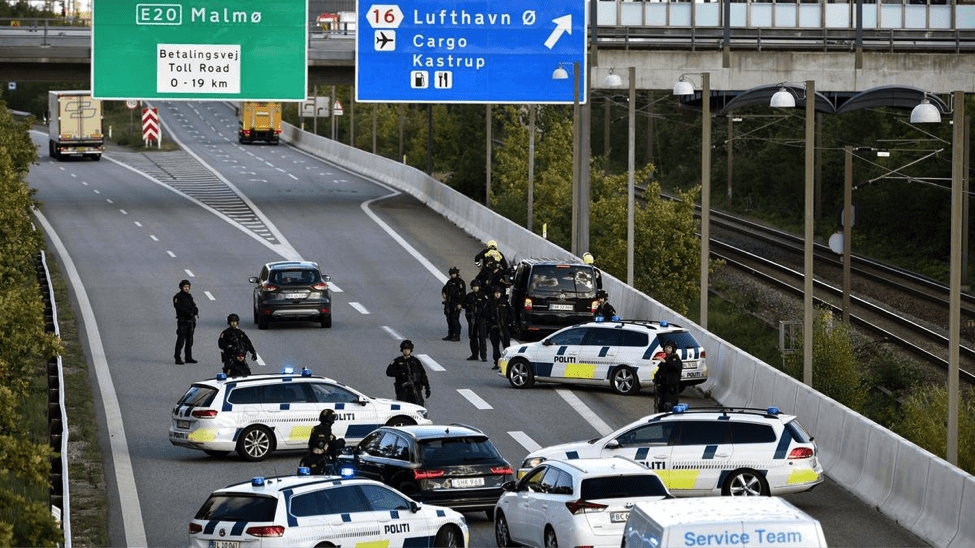
A Bridge Too Far
It would take over a month for the other shoe to drop – an astonishing amount of time in the Nordic countries where freedom of the press and government zeal to be perceived as transparent are cultural cornerstones. On Oct. 30th, the head of the Danish national intelligence agency Politiets Efterretningstjeneste (PET), Finn Borch Andersen, and the Danish Foreign Minister, Anders Samuelsen, made an announcement at a late afternoon press conference. There were strong indicators that the Iranian government had launched operations aiming to assassinate exiled Iranians active in the al Ahvaziya, or the Arab Struggle Movement for the Liberation of Ahvaz (ASMLA) group, which has a fairly strong presence in Denmark.
The al Ahvaziya movement is primarily an independence movement which advocates for a separate Arab state in the Sunni predominant Khuzestan Province of Iran. It was classified as a terrorist organisation by Tehran in 2005. It is this group that the Iranian government identified as having orchestrated the Sept. 22nd attack on a military parade in the city of Ahvaz, killing 25 people.
This attack did not just target the military presence in the province, but the Tehran government, which is struggling to create the perception of stability in a nation which has become increasingly turbulent. Al Ahvaziya denied any involvement in the Sept. 22nd attack. The Iranian operation in Denmark is thought to be a direct response to that attack.
PET head Andersen stated that his agency had received actionable intelligence from Mossad, the Israeli intelligence agency, in late September. PET then called for a joint meeting with its regional partners in the Swedish and Norwegian security services. The information indicated that Iranian agents would soon seek to assassinate at least a dozen individuals either in their homes, or during a political rally in the coming weeks. The claims were found to be credible, and a counter-intelligence operation was initiated to hinder the Iranian operation.
Those identified as targets of the would-be-assassinations were given additional security by undercover Danish security service agents. On Sept. 28th the Iranian operation was slated to be initiated, with the principal agent traveling from Oslo to Copenhagen a few days earlier. Despite PET’s best laid plans, the man was able to escape civilian authorities and he went underground. A massive manhunt was launched, which led to the Danish border to Sweden being closed.
With the operation blown, the Iranian agent bid his time. Within a few days, he was able to make his way to Malmö, the Swedish border city. His luck ran out, however, as he was attempting to make his way to the Gothenburg airport. The 21-year old Norwegian national of Iranian descent was arrested by the Swedish security police on Oct. 21st.
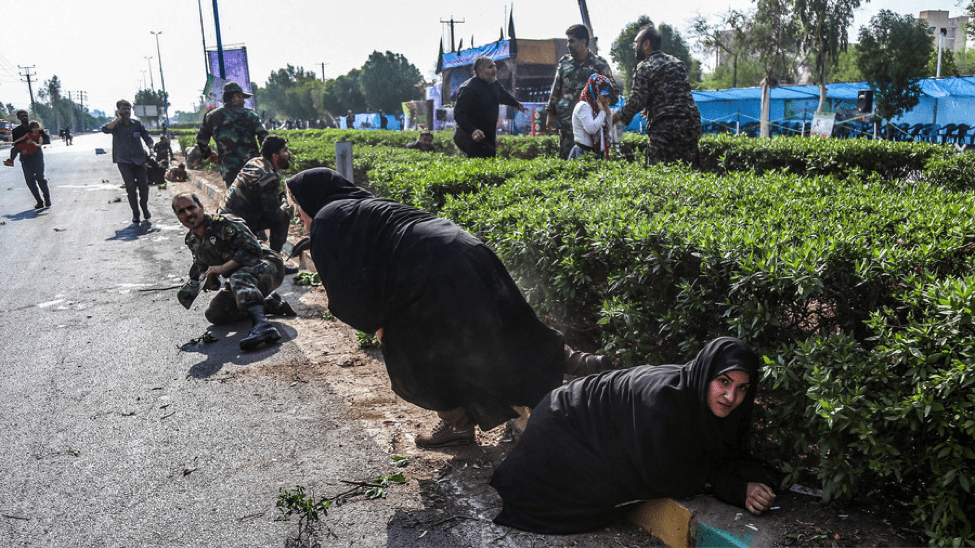
A Bloody Past
The arrest of the Iranian agent in Gothenburg and the alleged Iranian operation may be a sign of an increased offensive by Tehran against Iranian opposition abroad.
With increased tension in the Middle East, and the Trump administration’s apparent keenness towards launching an offensive against Iran with the support of Saudi Arabia and Israel, Tehran’s concern may be warranted. In addition, John Bolton’s appointment as National Security Adviser to the Trump-administration effectively gave the National Council of Resistance of Iran (NCRI), a group highly critical to the Tehran government, a prime seat at the table. Bolton has a long standing history of supporting the NCRI, and their armed wing, Mojahedin-e Khalq (MEK). Al Ahvaziya is considered an offshoot of MEK. The existence of an organised opposition-in-exile to Tehran means that the US might find suitable opposition groups to prop up as potential drop-in replacements to the existing Iranian government.
In the past, the Tehran government has employed unpleasantly bloody methods to combat externally existing threats. In the late 1980s and onwards, a series of assassinations were carried out against politically active exiled Iranians critical of Ayatollah Khomeini.
In July 1989, Abdul Rahman Ghassemlou, the charming Secretary-General of the Kurdistan Democratic Party of Iran (KDPI) was murdered while in a safe house in Vienna by a delegation from Tehran. The delegation had officially been sent to negotiate a peace with the Kurdish militia in Iran. Three suspects were arrested by the Austrian police. They were released after claiming diplomatic immunity.
In April 1990, Kazem Rajavi, one of the leaders of the NCRI in Switzerland, was gunned down in broad daylight by a hit squad consisting of 13 members of the Ministry of Intelligence and National Security of Iran (VEJA) as he was driving to his home in Coppet, a village near Geneva. All 13 of the assassins were traveling on diplomatic passports and were released with the instructions of not leaving the country. Upon their release, at the insistence of the Iranian embassy, the group left Switzerland within 4 hours. The assassination was orchestrated by the former Iranian Intelligence Minister, Ali Fallahian. Fallahian and the 13 Iranian diplomats remain wanted on charges of murdering Kazem Rajavi.
In August 1991, Shapour Bakhtiar, the last Prime Minister of Iran under the rule of Mohammad Reza Shah Pahlavi, and his secretary, Soroush Katibeh, were murdered by three assassins at his home in the Parisian suburb of Suresnes. The murderers used kitchen knives they had bought earlier that day in a corner store.
By the end of the 1990s the wave of attacks decreased as Tehran’s government perceived an opening to join the international community to a larger extent, enhancing its international profile and appearance.
In October 2017, Ahmad Mullah Nissi, one of the founders and heads of the al Ahvaziya movement was assassinated outside of his apartment in the Netherlands.
Earlier this year, in June 2018, the French security services revealed a plan to bomb one of NCRI’s gatherings in Paris. Among those in attendance at that gathering were U.S. politicians Newt Gingrich, a former House speaker, and Rudy Giuliani, President Donald Trump’s lawyer. According to police sources referred by Reuters, the assassination was planned by one of the Iranian embassy workers in Vienna.
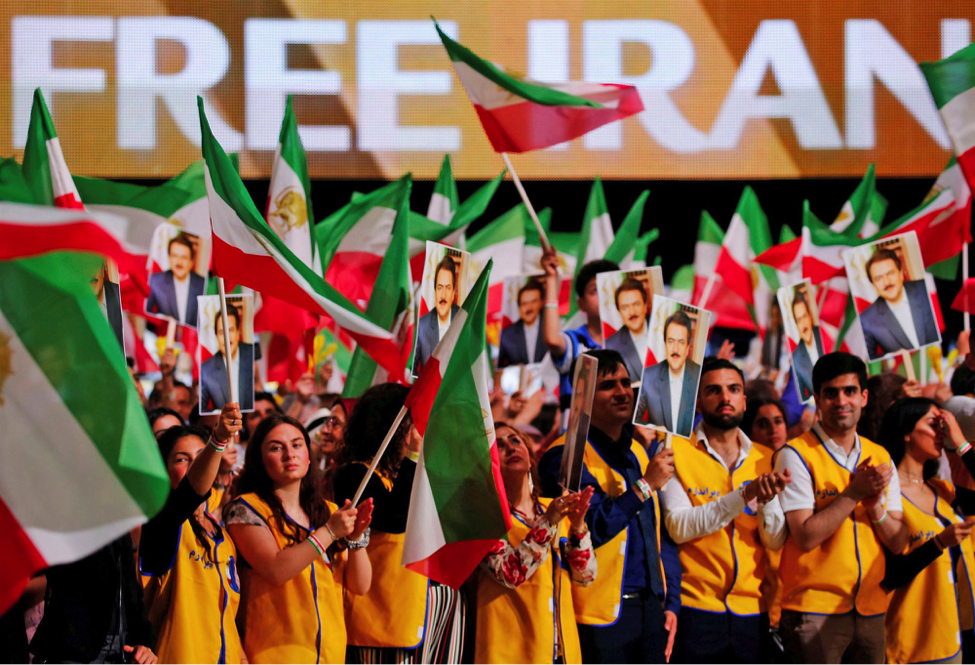
A Hostile Environment
With the Trump administration seeking to throw the West’s Iranian relationship into disarray, and demolish the Iran nuclear deal, during an increasingly dire domestic economic situation, this is an unfavourable time for Iran to experience yet another diplomatic breakdown with the West. Adding to Iran’s woes, the Bank of Kunlun, China’s independent system for international money transfers with Iran, announced that as of Nov. 1st it would cease processing Iranian bank transactions – effectively shutting down Iran’s trade with its largest oil customer.
The relatively moderate stance amid European countries appears to be the last diplomatic life-line available for Tehran to gain favourable traction in the West. The perennial German Prime Minister Angela Merkel had attempted to salvage European trade with Iran in spite of U.S. control of the SWIFT international money transfer system. French President Emmanuel Macron was a close second to Merkel in efforts to salvage the nuclear deal.
In mid-October Macron publicly stated that it wasn’t clear if orders for the attempted bombing in France “came from the top or from this (security) service.” Although this statement on Oct. 13 indicated moderation, the subsequent move by the French to expel Iranian diplomats showed the French are not willing to forgive and forget.
Now, with Denmark spearheading the coordination of European-wide sanctions, Iran is increasingly isolated ahead of the November 3rd deadline for re-implementation of U.S. sanctions. Denmark also announced the recall of its ambassador to Iran, Danny Annan.
Iran’s Foreign Minister, Mohammed Javad Zarif, has categorically denied all involvement in the recent alleged covert activity. Ali Alfoneh, a nonresident Senior Fellow at the Rafik Hariri Center for the Middle East and the Atlantic Council, had another perspective. “All in all, the events send a message to Iranian opposition abroad: the regime is both motivated and capable of turning back to the old evil times,” he said to the Saudi Arabian funded satellite channel “Iran International”.
Hooman Majd, an Iranian-American journalist and commentator who specialises in Iranian affairs, stated to Lima Charlie News that he did not believe the Rouhani administration was involved in the affair. According to Majd, it could rather be the act of a “rogue” operator within the ranks of the overall Iranian government. Majd called into question the timing of the affair and the involvement of Mossad, referring to the matter as “suspicious.”
“It is hard to be 100% sure, but one can envisage numerous scenarios for the plot, but I don’t see one where the administration of Rouhani was involved,” said Majd.
Iran has also levied accusations against Israel, claiming that the Danish incident is the result of a false flag operation carried out by Israeli intelligence to disrupt Iranian standing in the world.
John Sjoholm and Diego Lynch, Lima Charlie News
[Edited by Anthony A. LoPresti]
John Sjoholm is Lima Charlie’s Middle East Bureau Chief, Managing Editor, and founder of the consulting firm Erudite Group. A seasoned expert on Middle East and North Africa matters, he has a background in security contracting and has served as a geopolitical advisor to regional leaders. He was educated in religion and languages in Sana’a, Yemen, and Cairo, Egypt, and has lived in the region since 2005, contributing to numerous Western-supported stabilisation projects. He currently resides in Jordan. Follow John on Twitter @JohnSjoholmLC
Lima Charlie provides global news, featuring insight & analysis by military veterans and service members Worldwide.
For up-to-date news, please follow us on twitter at @LimaCharlieNews
In case you missed it:

![Image Denmark murder plot - Something is rotten in the foreign policy of Iran [Lima Charlie News]](https://limacharlienews.com/wp-content/uploads/2018/11/Denmark-murder-plot-Something-is-rotten-in-the-foreign-policy-of-Iran-Lima-Charlie-News.png)



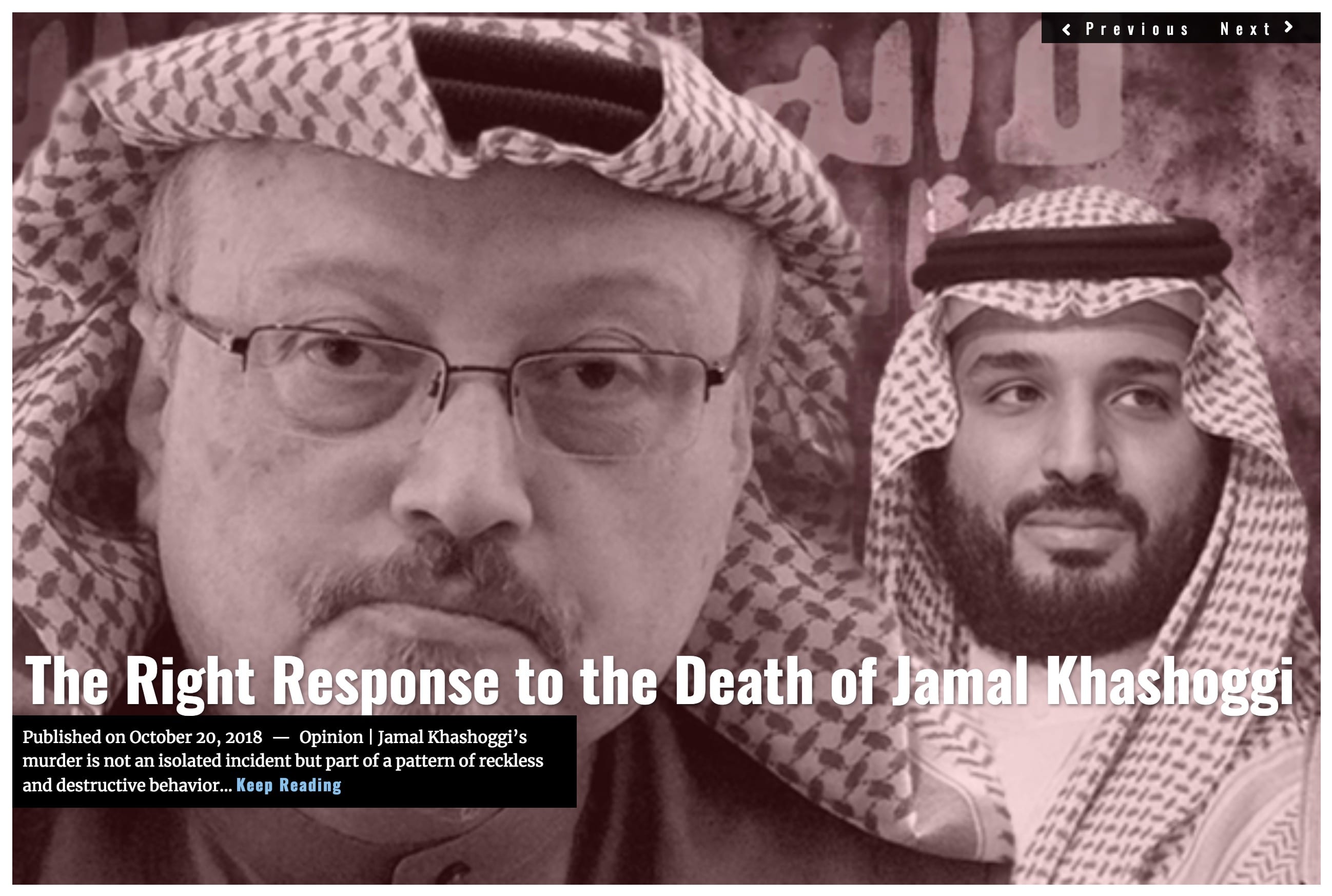
![Image Huawei – China’s telecom giant hits a giant wall [Lima Charlie News]](https://limacharlienews.com/wp-content/uploads/2019/01/Huawei-–-China’s-telecom-giant-hits-a-giant-wall-480x384.png)
![Image Iran vs. the European Union - A Murderously Difficult Balancing Act [Lima Charlie News]](https://limacharlienews.com/wp-content/uploads/2019/01/Iran-vs.-the-European-Union-Lima-Charlie-News-480x384.png)

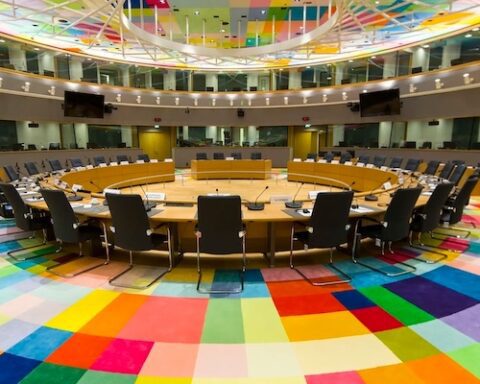


![Blossoming Russo-Turkish alliance leaves U.S., NATO behind [Lima Charlie News]](https://limacharlienews.com/wp-content/uploads/2019/07/Russia-Turkey-alliance-leaves-U.S.-NATO-behind-480x384.png)
![Image Russia and China’s 'hybrid warfare' - Does the West even care? [Lima Charlie News]](https://limacharlienews.com/wp-content/uploads/2019/04/Russia-China-Hybrid-Warfare-02-480x384.png)
![Image Huawei – China’s telecom giant hits a giant wall [Lima Charlie News]](https://limacharlienews.com/wp-content/uploads/2019/01/Huawei-–-China’s-telecom-giant-hits-a-giant-wall-150x100.png)
![Image Iran vs. the European Union - A Murderously Difficult Balancing Act [Lima Charlie News]](https://limacharlienews.com/wp-content/uploads/2019/01/Iran-vs.-the-European-Union-Lima-Charlie-News-150x100.png)